1. What is a Rigid Pipeline?
Definition
Rigid pipelines mainly rely on the strength of the pipe material to support external forces. Under external loads, their deformation is very small, and the failure of the pipeline is due to the control of the strength of the pipe wall.
Features of Rigid Pipeline
- Rigid Pipeline High strength mainly relies on the strength of its own material to withstand external loads and pressures, rather than relying on the soil or other environmental factors around the pipeline.
- Rigid Pipeline Low deformation: Under force or load, the deformation of rigid pipelines is very limited, and usually maintains a relatively fixed shape.
- Rigid Pipeline Failure controlled by pipe wall strength: The structural stability of the pipeline is mainly determined by the strength of the pipeline wall. The failure of the pipeline is usually due to insufficient strength of the pipe wall, rather than excessive deformation. The strength of the pipe wall is a key factor in design and use.
- Rigid Pipeline Strong impact resistance: It has good impact resistance and durability, can resist mechanical damage and external impact, and is suitable for high-pressure and high-strength engineering environments.
- Rigid Pipeline Low environmental adaptability: Due to the low deformation characteristics of the pipeline, it has poor adaptability to environmental changes such as foundation settlement and earthquakes, and is easily damaged under these conditions.
Common rigid pipe types
- Reinforced concrete pipes
Reinforced concrete pipes are pipes made of steel bars and concrete, where the steel bars provide tensile strength and the concrete provides compressive strength. They are widely used in municipal and infrastructure projects that withstand high pressure.
- Prestressed (self-) concrete pipes
Prestressed concrete pipes are prestressed steel bars before concrete pouring, so that the pipes can better resist external loads and internal pressures when in use, thereby reducing cracks and deformations.
- Prestressed steel cylinder concrete pipes are based on prestressed concrete pipes, and the inner layer adds a steel cylinder to enhance the impermeability and compressive resistance of the pipes. They are often used in high-pressure water and gas transmission projects.
2. What is a flexible pipeline?
Definition
For pipes that deform significantly under external loads, most of the vertical loads are balanced by the elastic resistance generated by the soil on both sides of the pipe. Pipeline failure is usually caused by deformation rather than damage to the pipe wall.
Features of flexible pipes
- Strong adaptability: Flexible pipes can adapt to geological and structural changes such as ground settlement and building settlement, so the requirements for foundations during construction are relatively low.
- Good bendability: Flexible pipes can bend and bypass obstacles during the laying process, and are suitable for complex terrain and pipeline layout.
- Bearing capacity: Flexible pipes will undergo large deformation when subjected to external loads, but the vertical load is balanced by the elastic resistance of the soil, mainly relying on the support of the soil for the pipe.
- Seismic performance: Flexible pipes have good seismic performance and can maintain the stability of the pipeline system in disasters such as earthquakes.
Common types of flexible pipes
- Steel pipes mainly include stainless steel pipes, welded steel pipes, seamless steel pipes, galvanized steel pipes, alloy steel pipes, plastic-coated steel pipes, etc.
- Chemical building material pipes According to GB 50268-2008, chemical building material pipes refer to glass fiber pipes or glass fiber reinforced thermosetting plastic pipes (referred to as glass fiber reinforced plastic pipes), rigid polyvinyl chloride pipes (UPVC), polyethylene pipes (PE), polypropylene pipes (PP) and their steel-plastic composite pipes.
- Ductile iron pipes with flexible interfaces refer to pipes made of ductile iron materials and connected by flexible connectors (such as rubber rings and flexible joints). Ductile iron has excellent mechanical properties and corrosion resistance, and flexible connections allow the pipeline to adapt to certain displacements when the foundation changes or vibrates, reducing damage that may be caused by rigid connections.
3. Comprehensive comparison of rigid and flexible pipelines
| Feature | Rigid pipe | Flexible pipe |
| Materials and Structure | Made of strong and rigid materials such as concrete pipes, for a stable structure | Made of flexible materials (such as PE, PVC pipes, ductile iron pipes with flexible connections) with a certain bending ability |
| Deformation ability | The deformation capacity is limited and the structure remains relatively fixed | Able to accommodate a certain degree of deformation and bending |
| Carrying mechanism | Mainly relies on the strength of the pipeline itself to bear the load, and failure is caused by pipe wall rupture or deformation | Rely on the elasticity of the surrounding soil or environment to share the load, failure is usually due to excessive deformation |
| Shock resistance | Poor seismic performance, may be damaged under dynamic loads such as earthquakes | Good seismic resistance, able to remain stable under dynamic loads such as earthquakes |
| Construction requirements | High requirements on foundation, requiring precise support and fixation | The construction has low requirements on foundation and can adapt to changes in foundation and complex terrain |
| Application Scenario | Occasions requiring high strength and high stability, such as high-pressure water pipelines | Suitable for complex terrain and occasions that need to adapt to foundation changes, such as water supply and drainage systems |
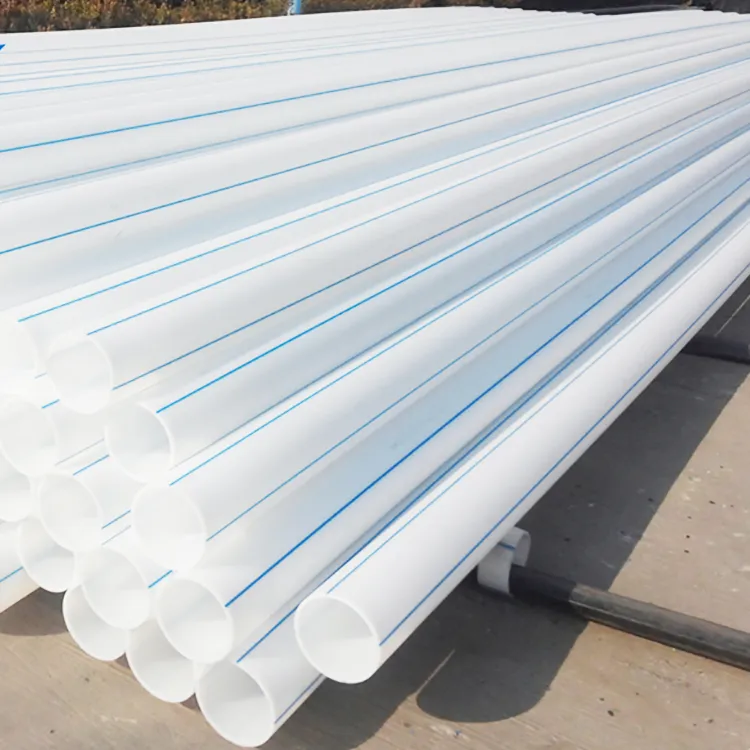
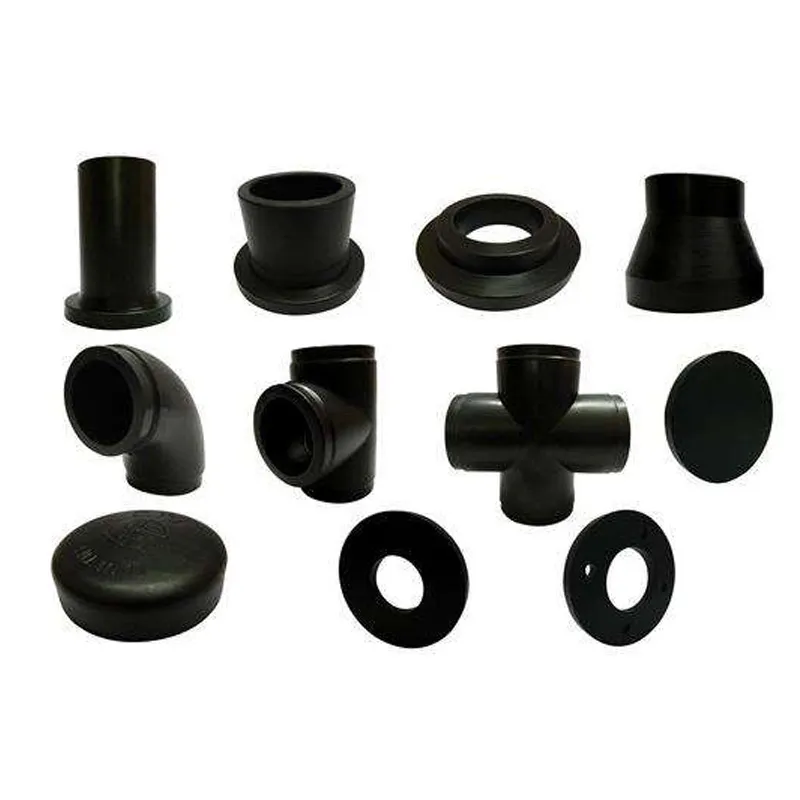
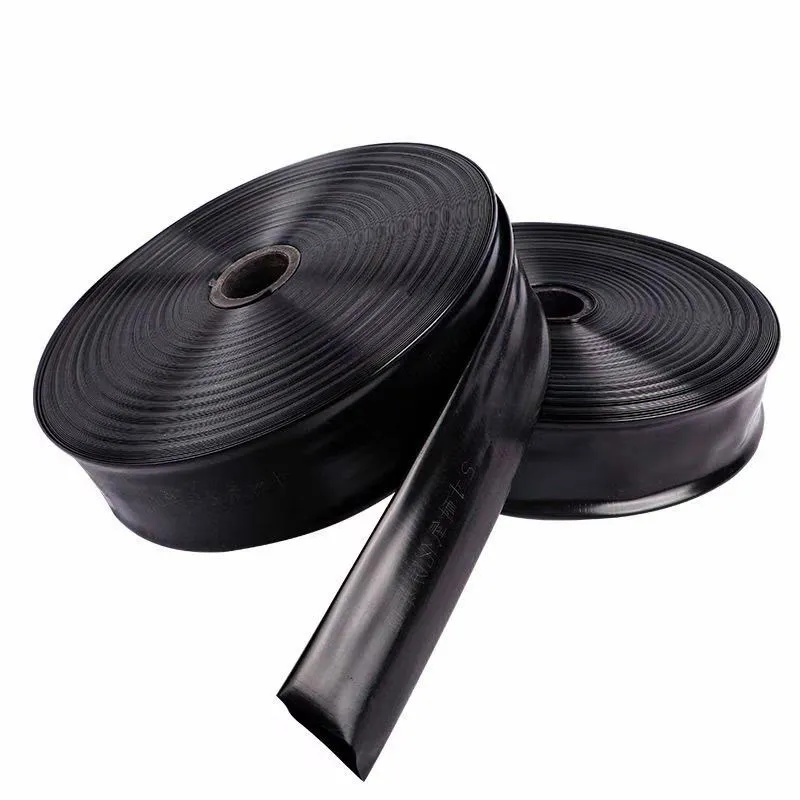
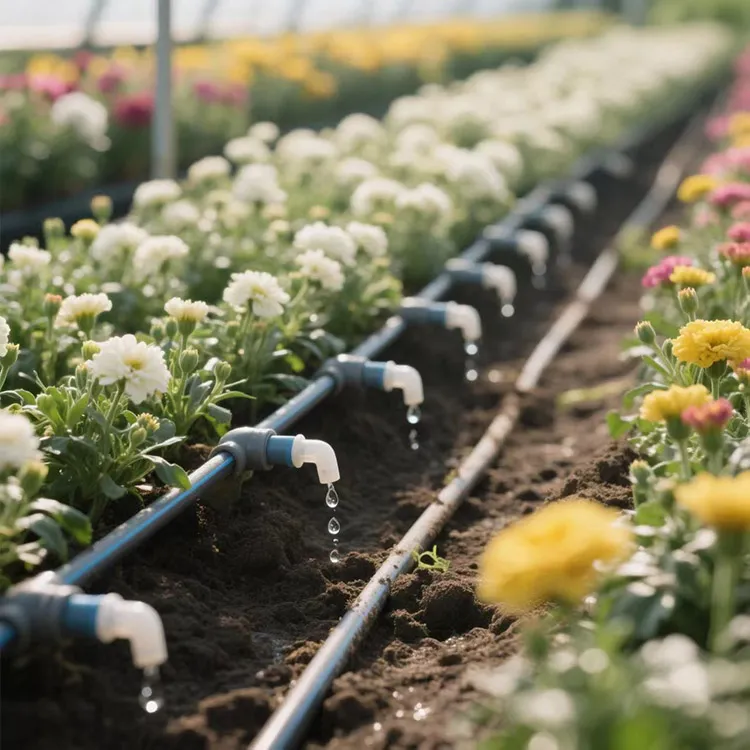
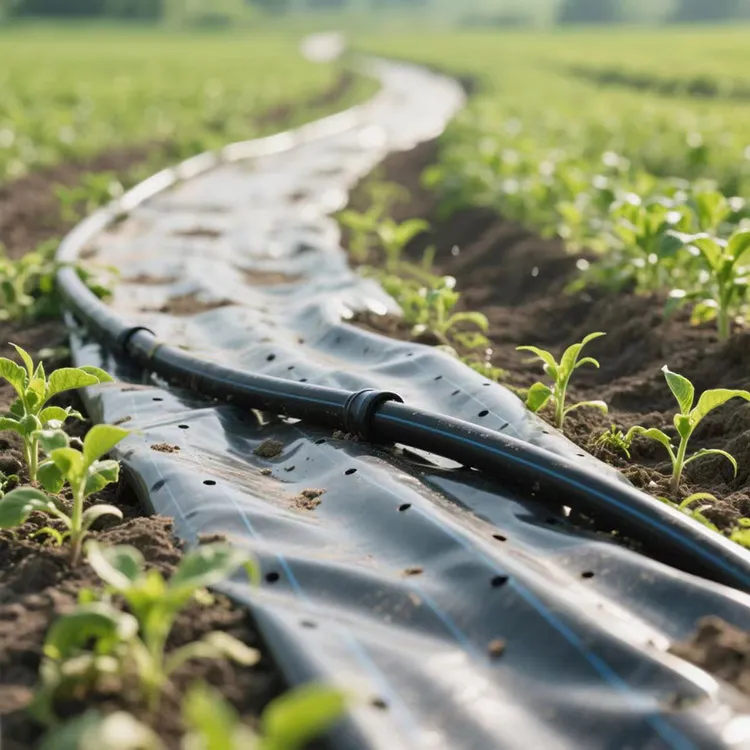
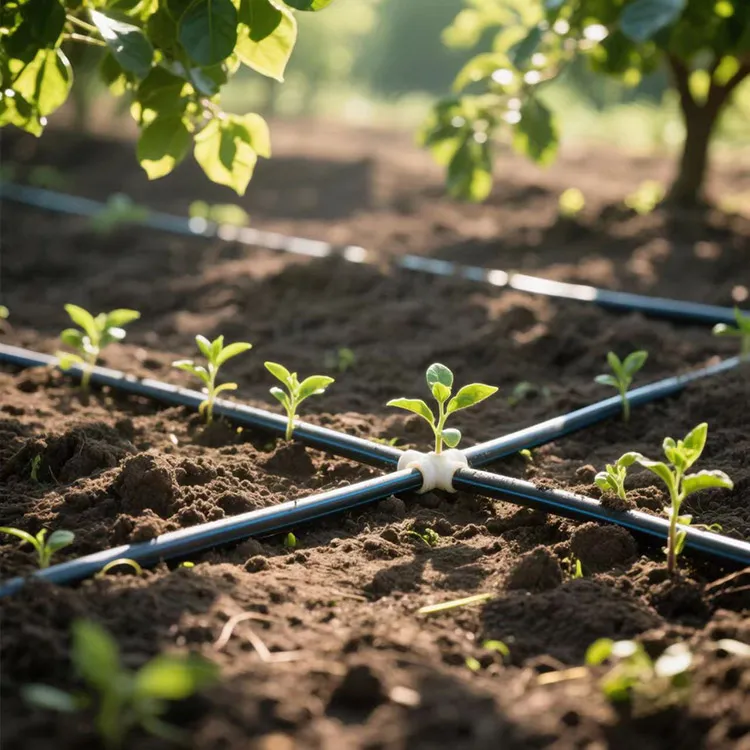
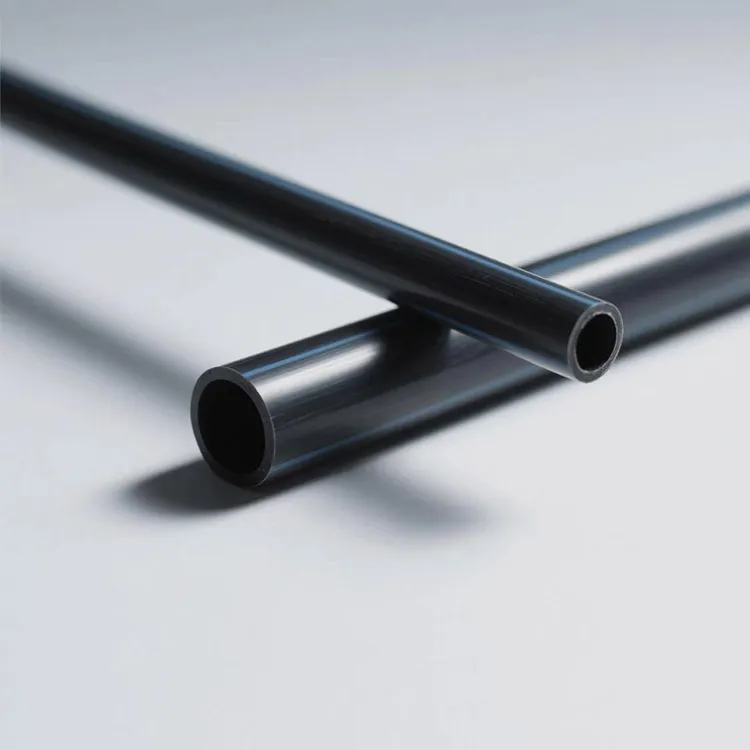
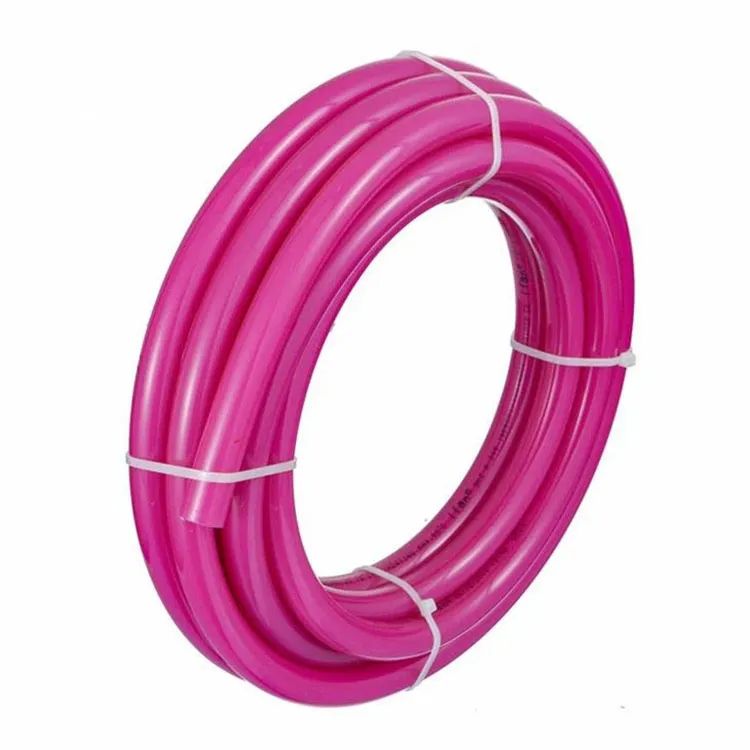
294.webp)
476.webp)
420.webp)
146.webp)
460.webp)
287.webp)
274.webp)


